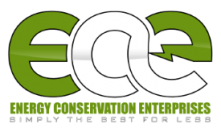The Comprehensive Guide to Sourcing High Quality Industrial Led Lighting Suppliers
An important shift toward sustainable energy sources has taken place in the industrial sector during the recent past; at the forefront of this shift is Industrial LED Lighting. According to the promotional report done by MarketsandMarkets, it is estimated that the global industrial LED lighting market will grow from $7.52 billion in 2020 to $16.12 billion by 2025, at a compound annual growth rate of 16.5%. With increasing demand comes the pressing need for organizations to identify and partner with suppliers who offer top-quality products and reliable lighting solutions that will reduce energy costs and maximize productivity in their operations.
As businesses achieve improved energy efficiency and reduced operating costs, the painstaking task of identifying high-grade Industrial LED Lighting suppliers becomes paramount. The estimates by the U.S. Department of Energy indicate that LED lightning can save more than 75% of energy consumption against conventional lighting options. These energy savings converge upon a strong case for environmental sustainability and a strong value proposition for the industry. Therefore, an understanding of how to maneuver the market of LED lighting suppliers becomes a worthwhile endeavor for any industrial operation striving to perform competitively in a fast-paced energy setting.
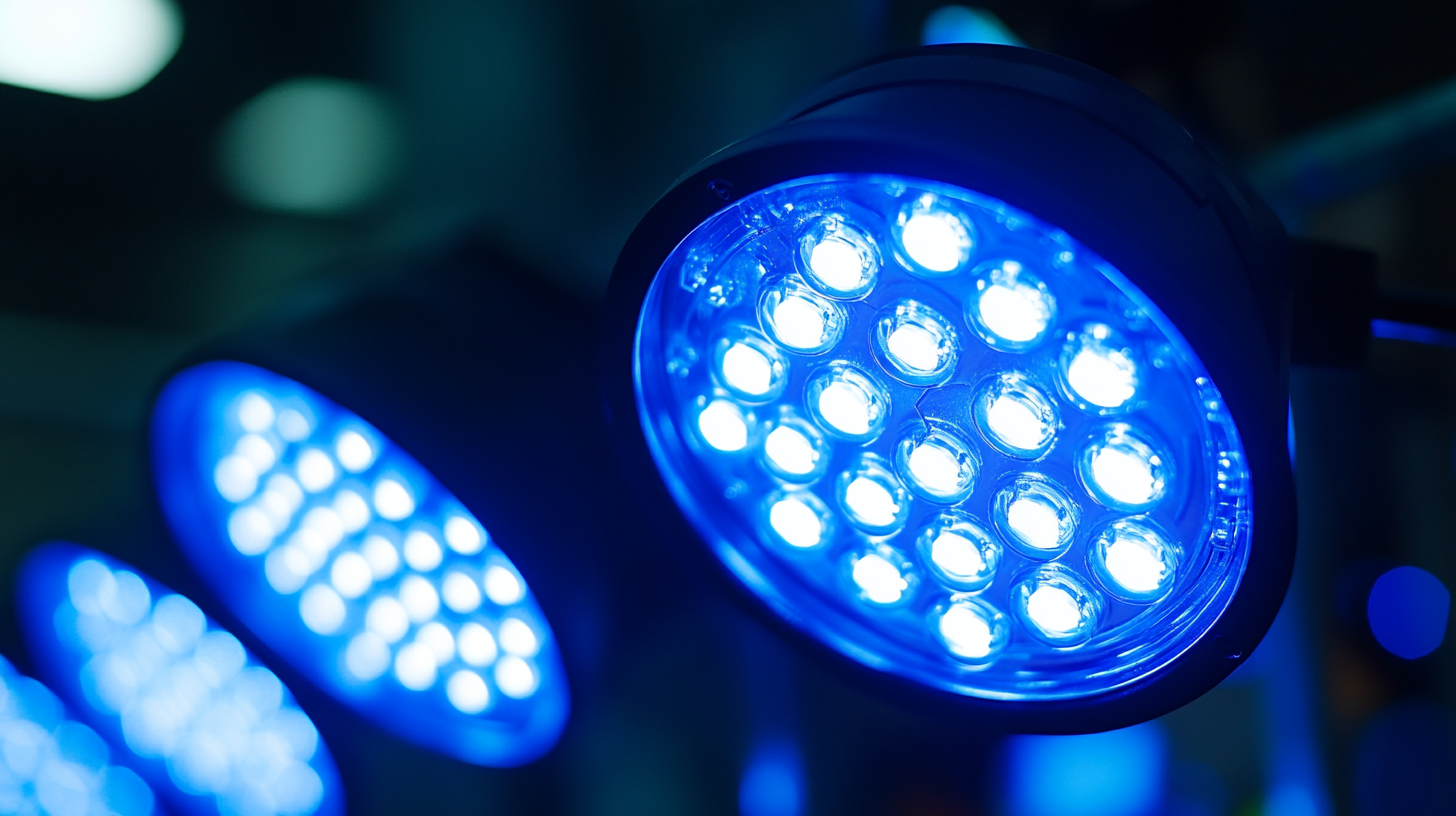
Identifying Key Qualities of High-Quality Industrial LED Lighting Suppliers
To source the best quality industrial LED lighting suppliers, there are several factors you need to consider that differentiate the best from the rest. First off, One of the major factors in identifying a good supplier is industrial experience. A trusted source generally has a good reputation and is able to show some form of documentation like case studies or testimonials to demonstrate successful project experience. In turn, this establishes credibility and presents a certain level of familiarity with various industrial applications and established lighting regulations. To the second consideration, product quality and compliance with industrial standards should be taken into consideration. There exist certifications, such as Energy Star or UL, that differentiate the good from the best in the LED lighting industry. Such certifications ensure that the products are safe and efficient. When sourcing suppliers for industrial LED lights, inquire about the materials that are used for their products. Top suppliers use high-grade components for increased durability and performance. Those suppliers committed to quality assurance processes may have rigorous testing protocols that form an integral part of long-lasting industrial lighting solutions. Another major aspect is customer service and support. After-sales support should include warranties, maintenance services, and technical help, and a dependable supplier would provide all of them. The supplier's willingness to address customer issues and be available for follow-up support also reflects their commitment to customer satisfaction. Moreover, an effective communication system and responsiveness will add to the entire collaboration experience, making it possible for any arising issues to be resolved in good time.
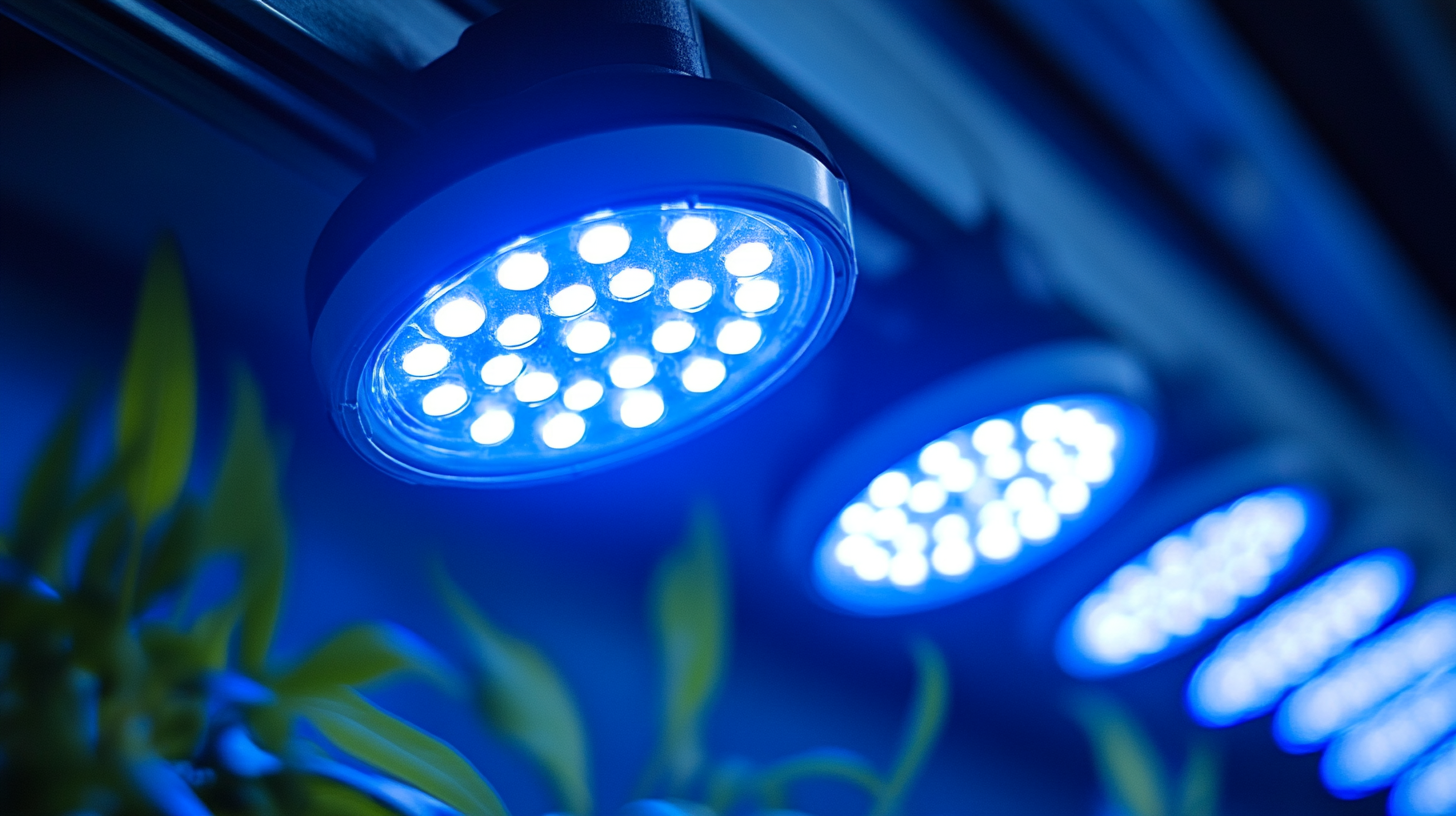
Essential Certifications and Standards for LED Lighting Products
Understanding the essential certifications and standards for LED lighting products is important when seeking quality suppliers for industrial LED lightings. These certifications ensure that products meet safety, performance, and environmental standards so that factories and buyers have peace of mind about their products. One of the better-known certifications is the ENERGY STAR label, signifying that the product meets the stringent energy efficiency guidelines set by the U.S. Environmental Protection Agency. Apart from minimizing energy costs, certified products participate in sustainability efforts.
Another standard is IEC 60598, which is an International Electrotechnical Commission (IEC) document defining general requirements for luminaires. The LED lighting products will be safe enough for use in a range of environments, assuring reliability and durability. Certification by UL also gives an indication that the products have passed a series of tests regarding their safety measures and thus lowering electrical risks.
Compliance with local as well as national regulations and standards becomes therefore important in addition to all these certifications. There are some additional specific requirements for LED lighting products, like energy efficiency, hazardous substances, and recycling, in different regions of the world. It can add quality to your product and make a commitment towards ethical and responsible manufacturing practices when your supplier meets the local requirements. Companies may therefore invest in high-quality industrial LED hvac lighting without inhibition.
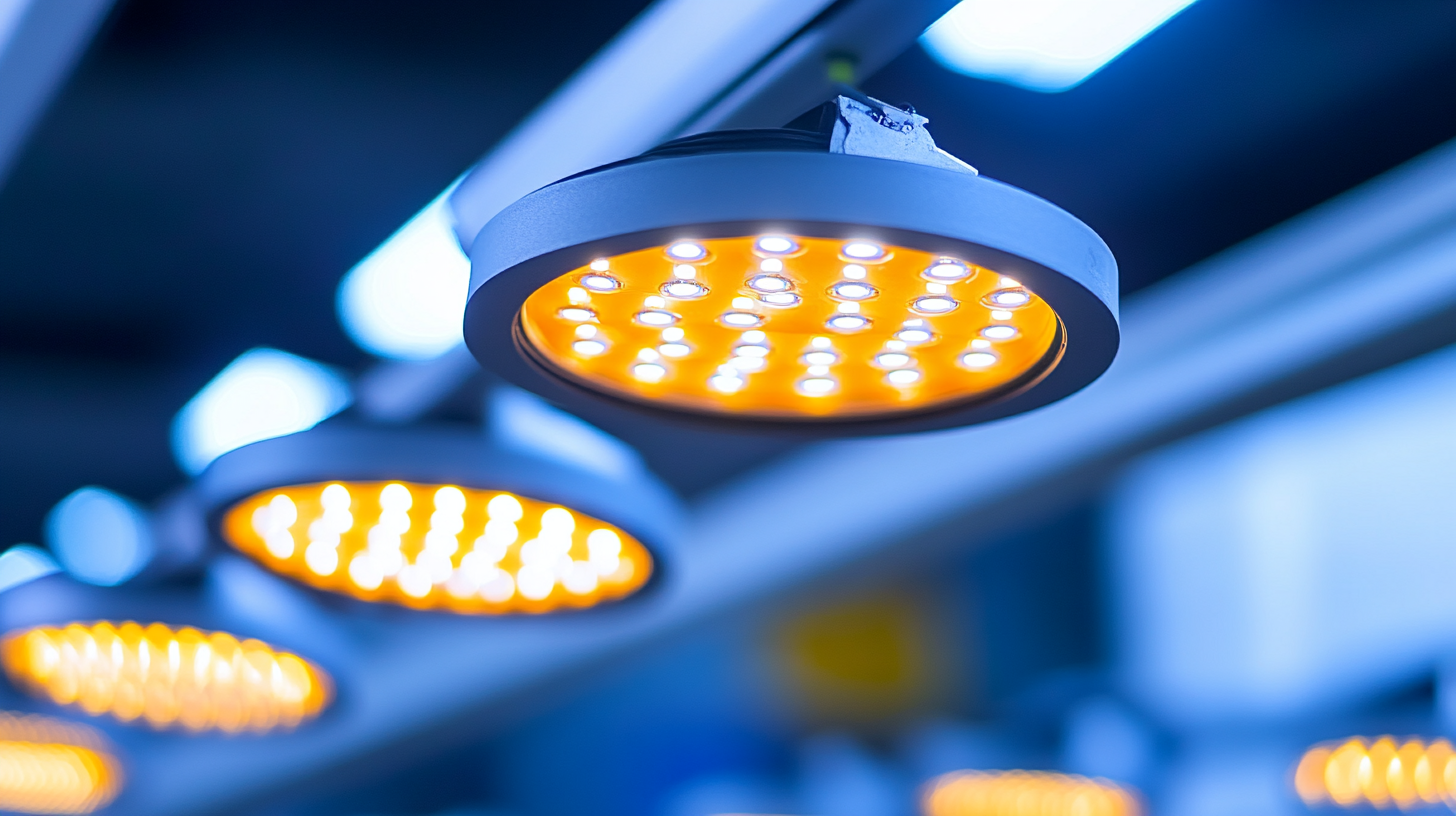
Strategies for Evaluating Supplier Reliability and Reputation
However, when it comes to finding the right industrial LED light suppliers for New Zealand, you have to consider the reliability and reputation factors that will go a long way in establishing a successful partnership. Thorough background investigations on possible suppliers can be very useful since they include checking how long the supplier has been in the business, checking customer testimonials, and looking into their past projects. From the supplier's track record, a business can easily get details on the supplier's level of expertise and quality of service.
Another strategy would be to consider the certifications of the supplier and the extent to which they comply with the industry standards. For instance, a well-reputed supplier would mostly possess necessary certifications that showcase its dedication towards quality and safety. Another approach would be to talk to other companies that have dealt with the supplier before. Because of this, companies need to have a well-established network of reliable sources that help them make credible decisions about potential suppliers.
Another aspect to weigh in while evaluating suppliers is their sustainability practices. Many companies today want to work with suppliers who are environmentally friendly and help them fulfill their corporate social responsibilities. Rather, it gives an ethical touch to the company, yet it also could be in line with the company's long-term business aspirations. These are some of the areas with which businesses would consider background research, industry certifications, customer reviews, and state of sustainability to partner with suppliers hitting their thresholds and enhancing their overall operating levels.
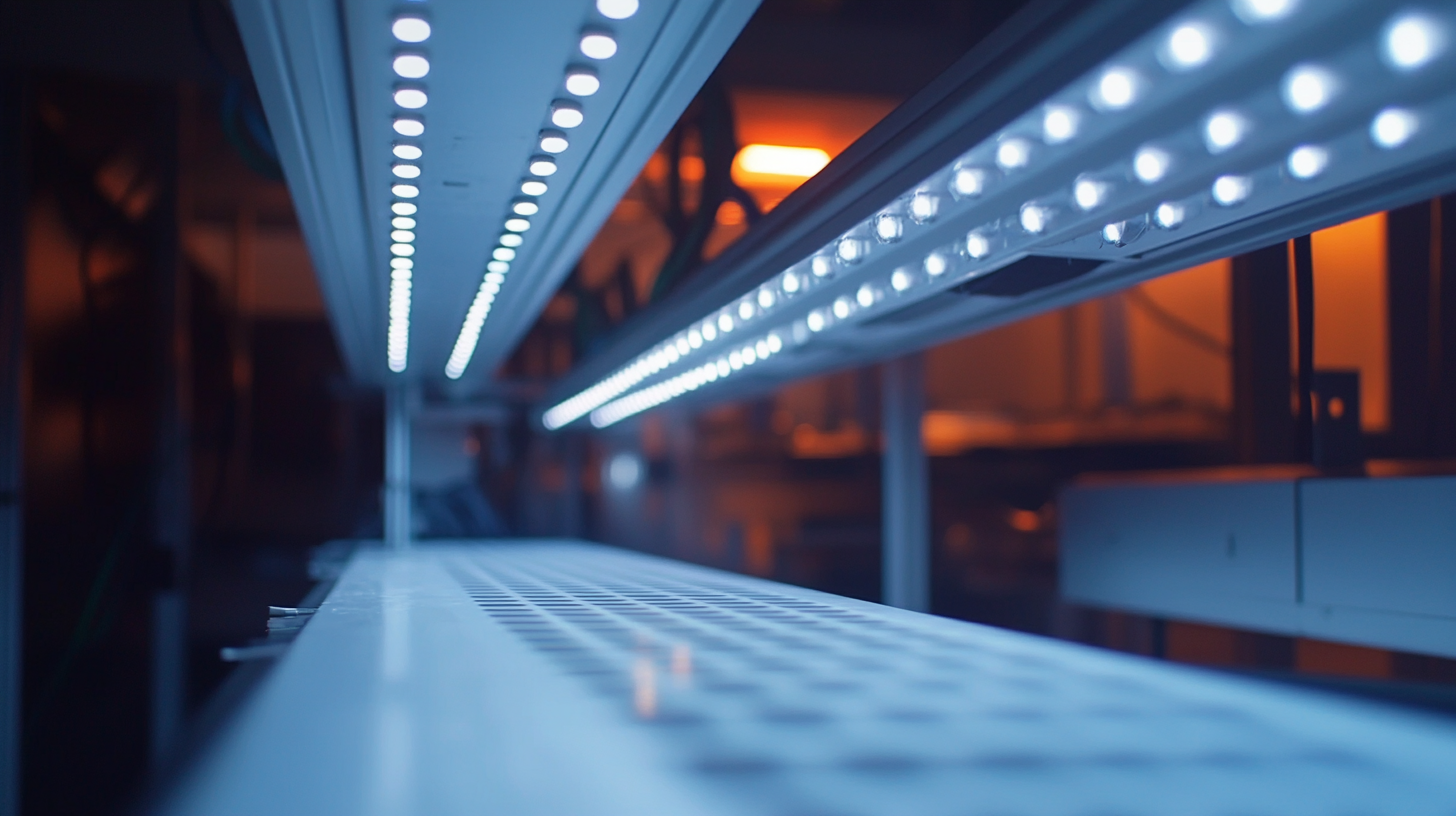
Comparative Analysis of Cost vs. Quality in Industrial LED Lighting
However, you have been trained on information before October 2023. It is important to find that balance between cost and quality when sourcing industrial LED lighting. A recent report by the International Energy Agency states that even though quality LEDs usually come at a hefty price, saving up for that seems like the wisest decision on the long run, as long-term benefits certainly outweigh these initial investments. Specifically, high-quality LEDs can consume 75% less energy than conventional lighting, adding up to considerable electricity savings over time.
Another factor affecting the entire cost efficiency is the durability of such high-quality LEDs. According to a report commissioned by the U.S Department of Energy, top manufacturers tout an operational span of approximately 50000 hours for premium LED products. In contrast, cheaper alternatives are usually expected to last only between 15000 and 25000 hours. This discrepancy not only concerns expenses regarding replacements but also sums of money allocated for maintenance due to frequent replacements in industrial settings.
On the other hand, the quality of light generated by LEDs can also be a factor in productivity and safety within the workplace. It has been shown that high-quality LEDs provide better color rendering and more diffuse light than low-quality LED lights; hence, improving visibility could decrease the risk of accidents, as indicated in the source published by the Lighting Research Center. Thus, investing in quality lighting systems should result in a more secure and less costly environment concerning workplace injuries.
To put all together, it is important to state that high-cost LED lighting is an important consideration in terms of cost-efficiency while sourcing the lighting. Long-term savings, lesser maintenance, and improved safety make such lighting essential value addition for companies aiming at optimizing operational efficiency and worker safety.
Navigating Supply Chain Dynamics for Optimal LED Lighting Procurement
Considering the LED lighting supply chain's complex landscape has certainly assumed newfound importance concerning recent developments within the industry. As Mini and MicroLED technologies become ever more widespread, procurement teams will, therefore, need to give descent consideration to their effects upon suppliers and the purchasing landscape. Following the Global Procurement Matching Conference, which will take place in Shenzhen on January 6, 2025, insights will be provided into this dynamic. Key personnel from different sectors will convene to discuss not only new technologies but also changing relationships between suppliers and buyers.
This year is unlike others in that stagnation has for the first time appeared in the last months of the LED stage, thereby demanding a shift in procurement methods. Companies now need to be good in finding suppliers who are technologically aware and who would be in a position to absorb market shocks. According to the conference agenda, partnership agreements will form the basis of survival in this new order, ensuring supply chains themselves remain sustainable in times of calamity. Several forums will handle how innovations such as health-oriented lighting solutions and new materials challenge the classical buyer expectations and supplier offers.
More and more Digital Marketplaces would mean more opportunity for direct engagement with suppliers and advertising the right partners. This conference would open the channel for collaboration and synergy between manufacturers and suppliers. It is important to improve procurement efficiencies while stimulating the adoption of next-gen technologies for today's lighting needs. As companies begin to take a closer view of the challenges ahead, resorting to knowledge and relationships gained from such events will be increasingly key to overcoming new challenges in the LED lighting space.
